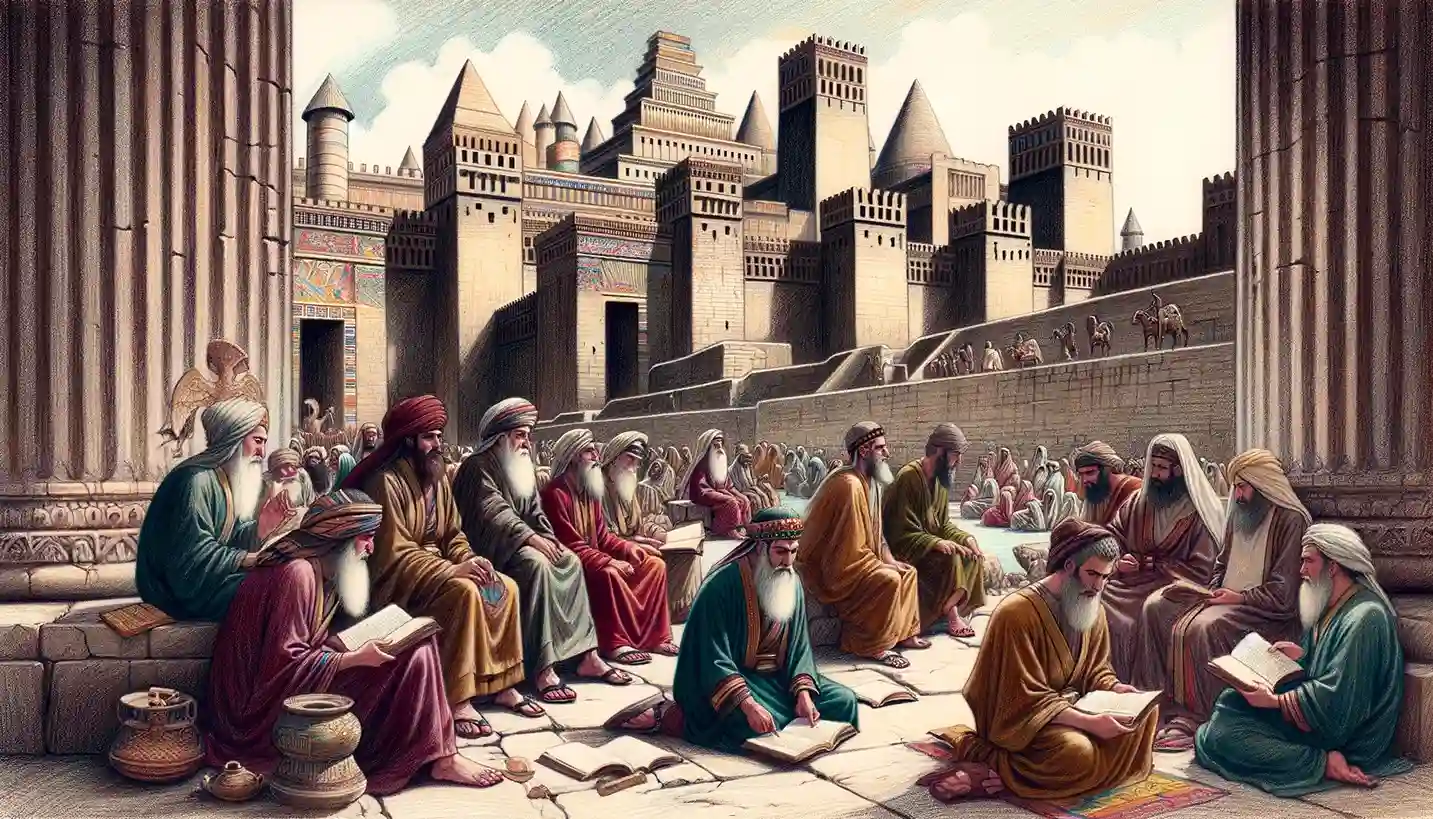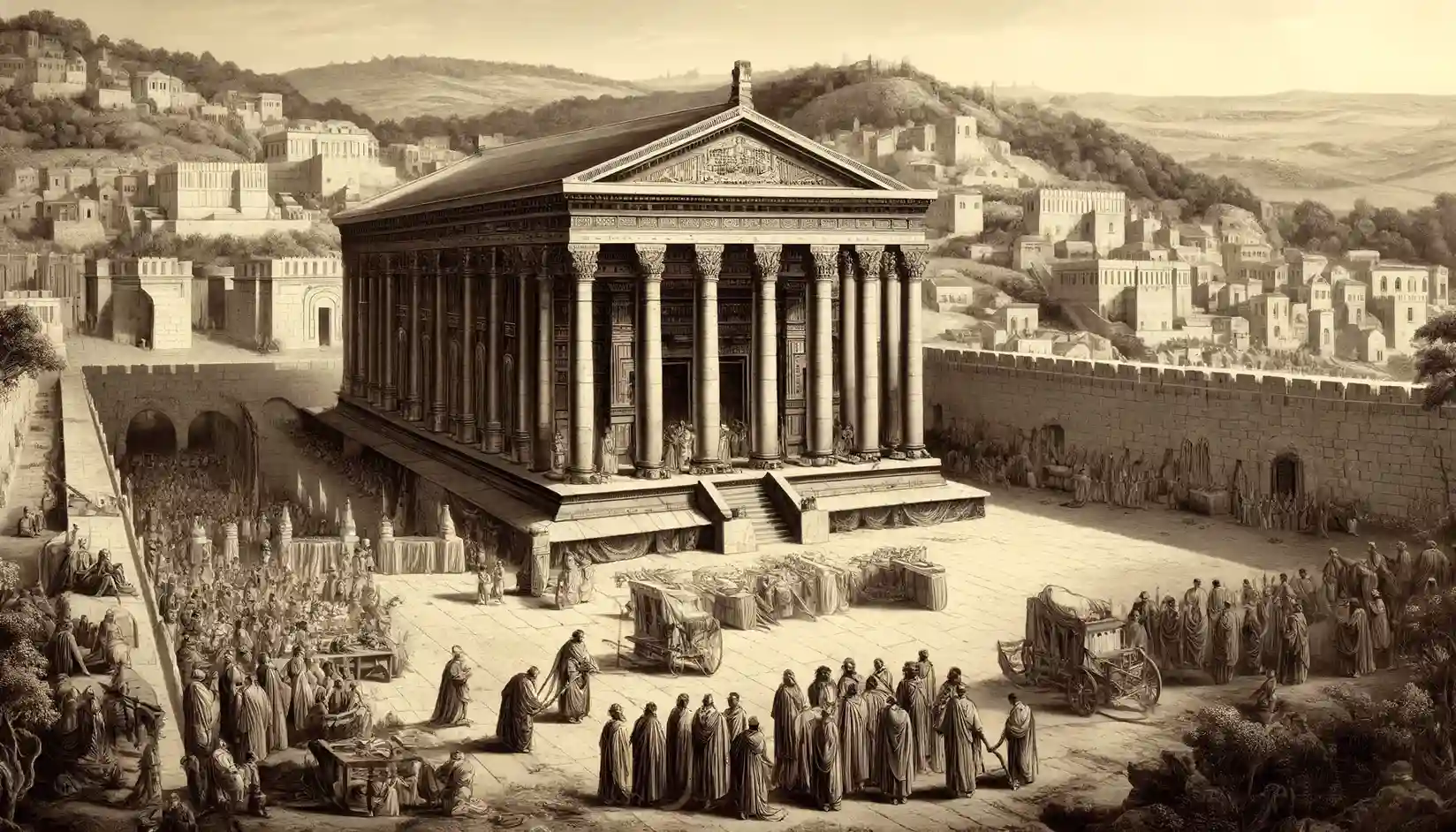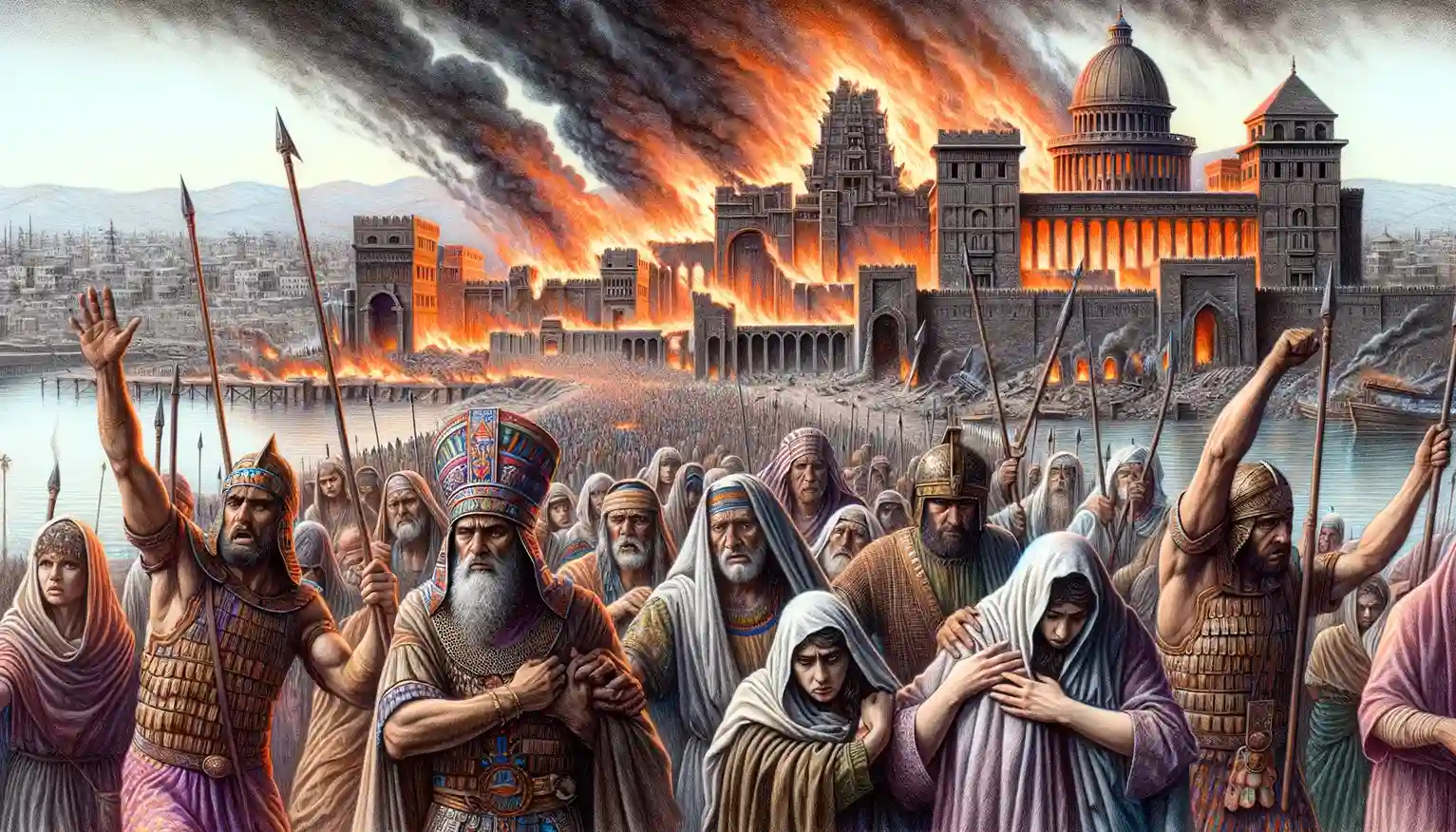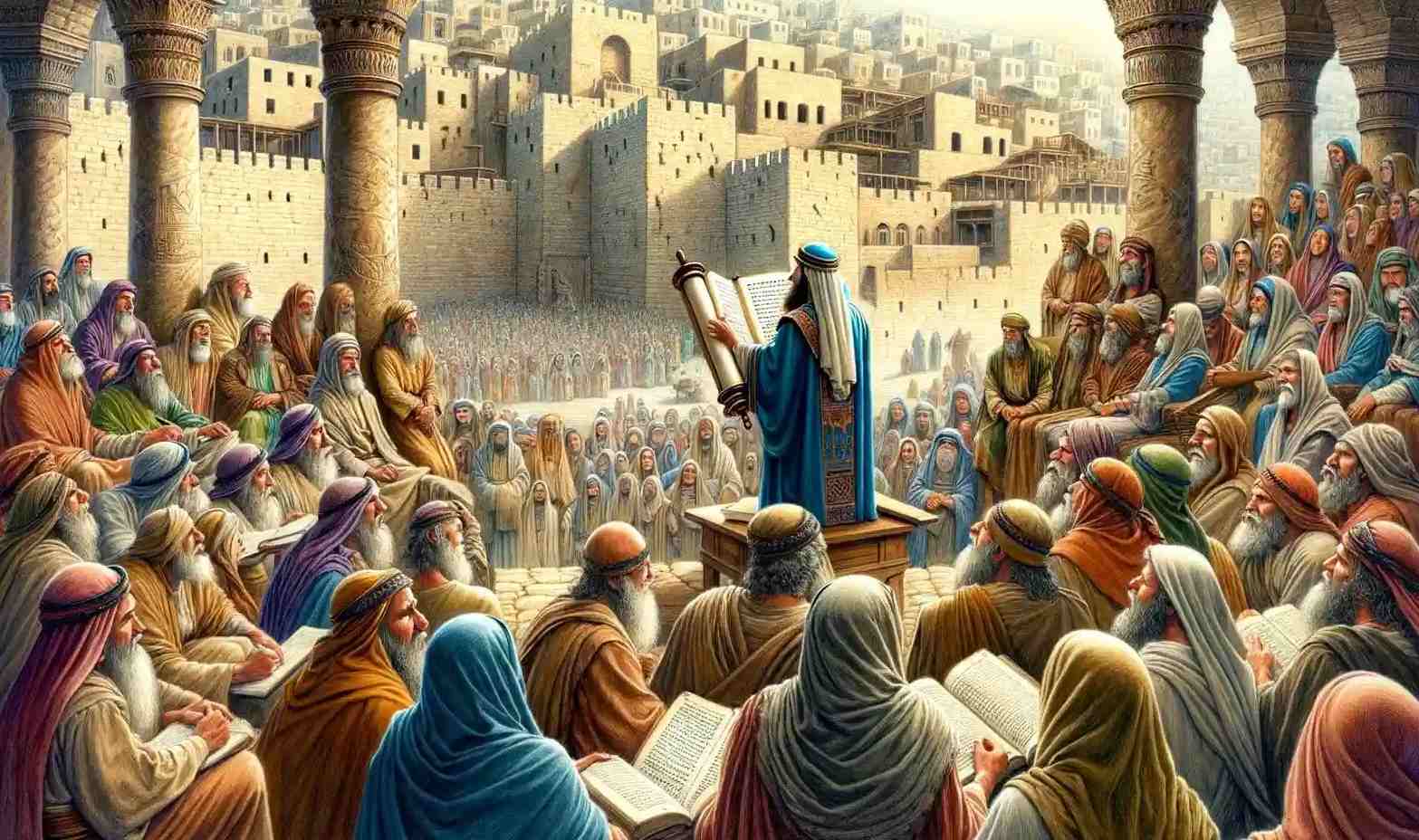Babylon, located in ancient Mesopotamia, is historically significant as the site of the Jewish exile. This event, known as the Babylonian Captivity, had a profound impact on Jewish history, culture, and religious practices, shaping the development of Judaism.
The Rebuilding of the Temple, specifically the Second Temple in Jerusalem, commenced after the Jewish people’s return from the Babylonian Exile, initiated by the decree of Cyrus the Great of Persia in 538 BCE, faced numerous challenges and delays, but was ultimately completed in 516 BCE during the reign of Darius I, symbolizing a pivotal moment of religious and cultural renewal for the Jewish community.
The Babylonian Captivity, which began with Nebuchadnezzar II’s destruction of Jerusalem and its temple in 586 B.C., was a pivotal 70-year period during which the Jewish people were exiled to Babylon, marking a time of profound theological reflection and transformation that emphasized the importance of the Torah and led to significant developments in Jewish identity and religion, culminating in their return to Jerusalem under Cyrus the Great’s decree in 538 B.C.
Ezra provides a narrative of hope and divine faithfulness, emphasizing that renewal is possible through adherence to religious foundations and responsive leadership.




